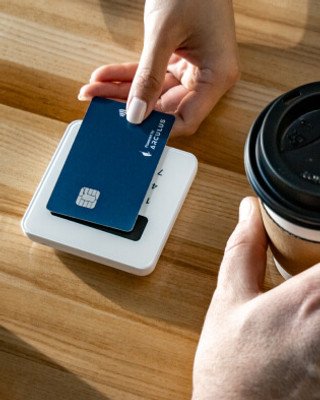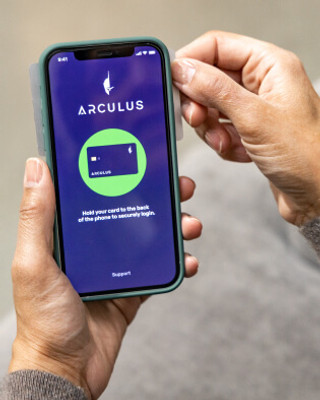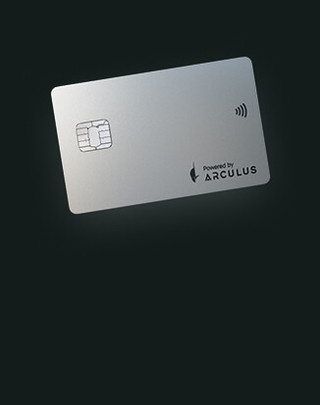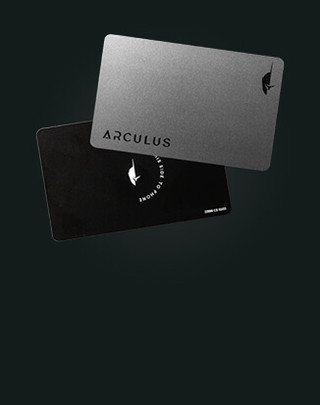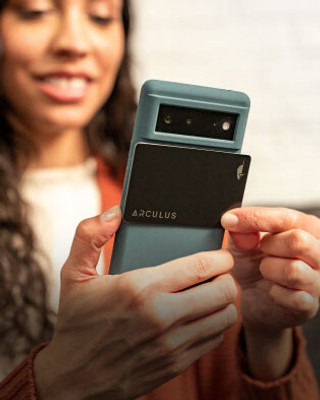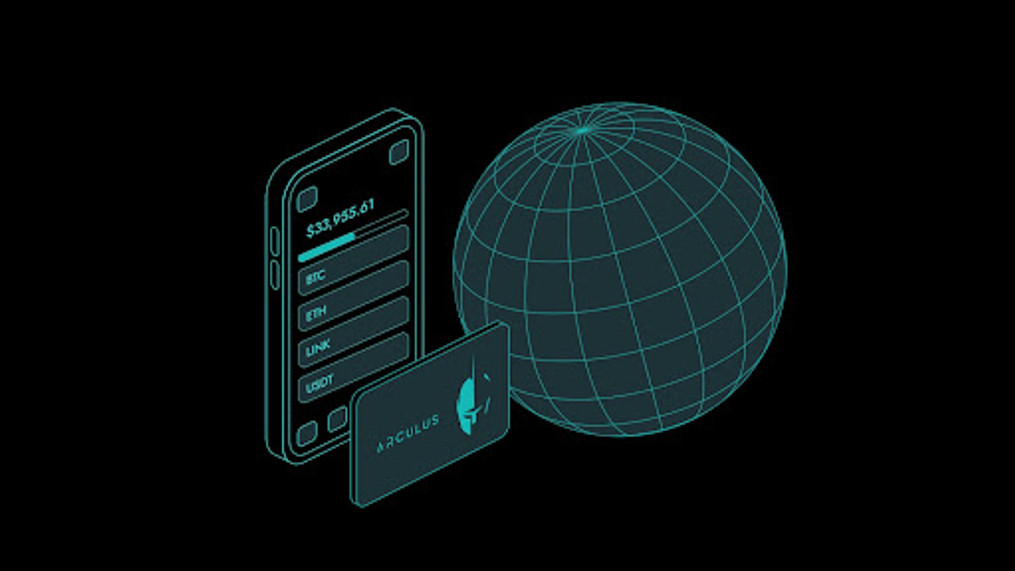Phygital is a pop term used to describe something that bridges the divide between the physical and digital worlds. Phygital NFTs are gaining a lot of attention due to a myriad of new hybrid digital-physical experiences and ownership opportunities made possible by non-fungible tokens (NFTs).
So, What is an NFT?
Non-fungible tokens (NFTs) are digital assets encoded with identifiers and metadata that enable them to represent unique items on a blockchain. The key difference between NFTs and cryptocurrency tokens is that each NFT is one of a kind, while every token from a particular cryptocurrency is identical. Additionally, crypto can be used as currency to trade or to purchase goods and services, while an NFT is a digital file imbued with value based on the accompanying data. These qualities make it possible to buy and sell NFTs, easily tell them apart, and prove legitimate ownership of them.
NFTs burst onto the scene with digital art and collectibles, but digital art is merely one of the proof-of-concept use cases for blockchain-enabled ownership. Prior to NFTs, it was hard to prove ownership of digital items. JPEGs, MP3s, WAVs, and other standard computer file types are just too easy to copy. By pairing a particular digital file with a unique and verifiable NFT, creators are finally able to sell (and others can own and resell) digital artwork that comes with proof of authenticity. In short, only the person with the NFT owns the true and legitimate original.
NFTs also introduce new ways to assign or retain intellectual property rights for digital assets. If you’re interested in learning more about intellectual property and NFTs, check out our blog, “Intellectual Property and NFTs: Who Owns What” for more information.
Beyond Digital Art
But NFT use cases are by no means limited to digital art and online collectibles. Increasingly, the ability to use NFTs for authenticating information, unlocking real-world experiences, and providing proof of ownership is being put to work in a vast range of real-world contexts. Let’s start with an obvious phygital NFT use case: physical works of art.
Phygital NFTs and IRL Art
British artist Damien Hirst created “The Currency,” a collection of 10,000 paintings that were each paired with an NFT and a difficult decision. Art buyers first received the NFT version of the painting. Within a year, these buyers had to choose between redeeming the NFT (“burning” it by sending it to a dead-end wallet address) to receive the physical painting — or keeping the NFT and having Hirst burn the painting. Of the collectors, 5,149 chose to receive the physical artwork. The remaining 4,851 paintings were burned in October of 2022. As of this writing, the floor price for The Currency NFTs is 4.79 ETH.
Phygital NFTs and Collecting
NFTs offer new means and mechanisms for establishing markets and for documenting the chain of previous owners. These qualities are spurring many interesting phygital NFT experiments with traditional collectibles.
To the delight of tech-savvy philatelists, the Austrian Post recently released the fourth iteration of its Crypto Stamp project. They describe Crypto Stamp 4.0 as a physical stamp with a “digital twin on the blockchain.” Beyond having an on-chain doppelgänger, these stamps are also enhanced with NFC chips and bull-themed, augmented-reality features that blend in additional phygital experiences.
On the Bankless podcast, PROOF Collective founder Kevin Rose described another collectible NFT use case involving high-end wine. In the collectible wine world, a bottle can change hands several times before someone finally pulls the cork and drinks it. Along the way, it’s completely unknown whether the wine was stored or transported properly. Plus, counterfeiting is a problem in the wine world, making it difficult to be certain that a bottle bought on the secondary market is legitimate.
Rose explains how a winemaker could sell NFTs representing bottle allocations for an upcoming release. While the bottles remain safely and verifiably stored in the winery’s cellar, collectors are free to buy and sell these fine wine NFTs with other oenophiles. Once someone who has custody of the NFT decides to take possession of the actual wine, they redeem the NFT with the winery, which burns the NFT and ships the wine to the owner.
In addition, NFT smart contracts can be written to give a winemaker (or painter, or postal service, as the case may be) a percentage of the sale proceeds each time one of their NFTs is resold — just like with digital art NFTs.
Phygital Fashion
Brands — fashion and lifestyle brands in particular — are getting into the phygital NFT game as well. Nike acquired NFT design house RTFKT in late 2021 to help drive the athletic shoe and apparel company’s forays into NFTs and the metaverse.
In the summer of 2022, Tiffany & Co., the luxury jewelry and gift retailer, collaborated with CryptoPunks, the original bluechip NFT collection, on “NFTiffs.” Priced at 30 ETH each, the 250 NFTiff dynamic NFTs are redeemable by CryptoPunk holders for rose gold and enamel pendants handcrafted to match their specific CryptoPunk NFTs. Tiffany’s experiment with phygital NFTs sold out in 22 minutes netting an estimated $12.5 million.
Ownable Experiences
The nascent concept of NFT-enabled ownership is beginning to extend into the idea of owning intangible things such as experiences and moments. These types of phygital NFTs blur the lines between the physical and digital worlds in an entirely different way.
How would you like to be able to prove that you really did see that band at that tiny club before they got unbelievably famous? POAP (Proof of Actual Participation) tokens are a popular type of NFT that attendees receive at in-person and online events. Concerts, conferences, meetups, and other live events issue unique, attendance-dependent POAPs that allow people to document that they were actually there at the time the event happened. People active in the often-anonymous Web3 space use their POAP collections as a sort of on-chain portfolio that shows the groups and activities they’ve been involved in.
Conversely, established NFT projects are also taking advantage of token-gating capabilities to give their NFT owners exclusive experiences and perks IRL. For example, Doodles NFT holders were treated to an immersive experience at SXSW 2022 complete with DJs, merchandise, and Doodles-themed snacks, with their Doodle NFTs serving as tickets for entry.
NFTs are rapidly gaining ground in areas beyond digital art. And with luck, the word “phygital” will recede into obscurity as NFTs unlock many more possibilities across the full spectrum of our real-world and digital lives.
